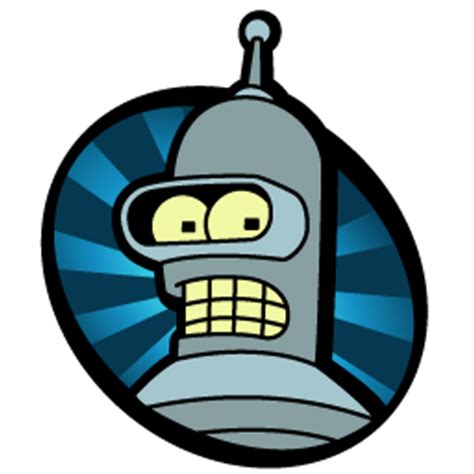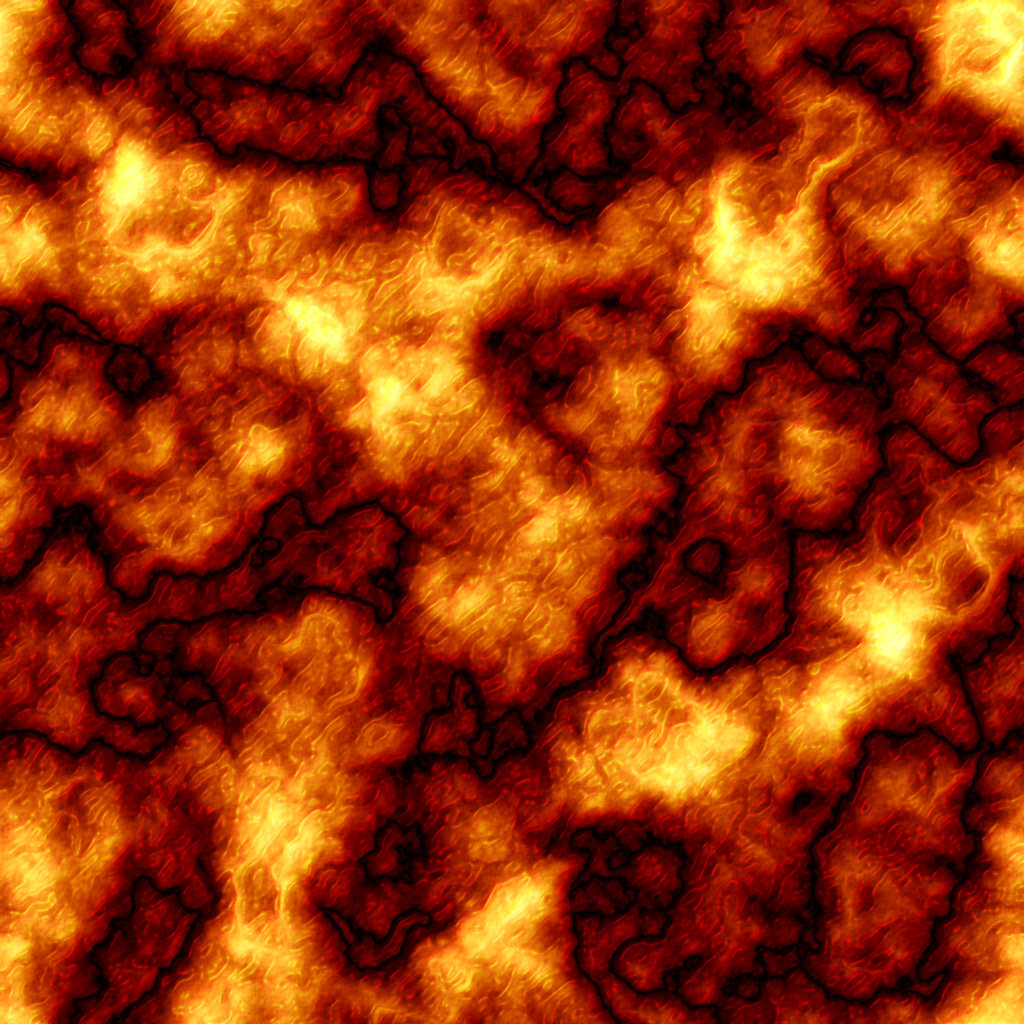Hello all,
I’m trying to get into GUI programming, but am hesitating on using a Python library to make my first barebones program. My goal is to code basic buttons and understand how operating systems implement the way they draw windows for applications.
I have coded mostly in scientific libraries or high-level languages that are fairly simple (Python, Matlab, Julia)… Also am familiar with basic concepts and syntax from C.
Looking for recommendations to start. I am happy to learn a new PL. Interested in writing code for legacy hardware and mobile. Bonus if the codes are general enough to be written for most displays one could interact with.
Bless you for doing god’s work. We need more GUI developers and a better ecosystem as a whole.
That said, it’s pretty shite right now. Your established options are GTK and Qt. Qt uses C++ and I believe GTK uses C. I’ve only really looked briefly into Qt development, and it looks like there are bindings to Rust.
That said, I’m a firm believer that doing GUIs through code is an inefficient, cumbersome, and antiquated process that should be replaced with more visual alternatives, like we see in Godot Engine.
That said, I’m a firm believer that doing GUIs through code is an inefficient, cumbersome, and antiquated process that should be replaced with more visual alternatives
what do you mean? I’m not familiar with Godot.
Android comes to mind where most commonly you build the UI in XML. what do you think about that?
deleted by creator
Not directly programming or coding GUI from scratch with a library or something: Have you considered using a game engine like Godot ( https://godotengine.org/ ) ?
You would have a toolbox for several essential GUI-elements. You could visually create the GUI and add functionality by script. Also, there are several possibilities to handle different screen sizes and touch.
You would have to learn the UI and concepts of Godot but the documentation is ok and there are plenty of tutorials available.
I’ve been using Flutter, I like how it’s cross-platform, mostly. I’ve generally built things for Android, but the desktop (Linux and Windows) and web versions usually compile fine with no tweaking. Couldn’t speak to the iOS versions as I can’t be arsed to jump through Apple’s hoops. You can make a nice looking app with it for whichever platform you’re targeting.
It’s very well supported, lots of examples, well documented. Not as much out there as Python for examples and troubleshooting, but not bad.
Flutter apps are good but from the UI perspective have their own limitations, you essentially rely on premade UI components and if they don’t support a method you need you’re stuck. And I’ve seen some flutters behave weird. I would build a prototype before committing to it.
web versions usually compile fine with no tweaking
Isn’t Flutter basically a webapp anyway?
Flutter uses its own UI engine. It does not rely on any webview AFAIK.
By contrast, Flutter minimizes those abstractions, bypassing the system UI widget libraries in favor of its own widget set. The Dart code that paints Flutter’s visuals is compiled into native code, which uses Impeller for rendering. Impeller is shipped along with the application, allowing the developer to upgrade their app to stay updated with the latest performance improvements even if the phone hasn’t been updated with a new Android version. The same is true for Flutter on other native platforms, such as Windows or macOS.
https://docs.flutter.dev/resources/architectural-overview#flutters-rendering-model
Yah, and it has it’s limitations, but it’s far lighter than electron IME.
Slint
I really like Slint.
It has Python bindings, tho you wouldn’t know it from the docs as it’s brand new bindings.
However, it does WORK, and it works well.
Just look for python files in the examples and reference the slint docs (it uses its own UI lang for that stuff anyway).
I’m currently making an application in Python using Slint, and I really like it.
It also supports embedded systems, the web, and multiple languages, AND since it has its own UI lang, you can reuse parts of your UI code across different codebases
It seems to suit your use case.
Godot
Other than that, I second Godot.
HOWEVER
Godot’s GD Script is not Python but rather a Python-like language. (in fact, in some ways, I’m glad it’s not; there are things I prefer in GD Script).
This is important as you may want to use specific Python libraries which won’t work with Godot!
You can, however, use GD Native to bind C++ code and thus C++ libraries, so you’ll still be able to get done whatever you need to get done.
Iced
If you’re not tied to Python, then I recommend the Rust library Iced as it is a very intuitive system. I really enjoy working with it.
Although, that said, Slint has great support for Rust, so maybe I’d recommend Slint anyway if you were gonna change language.
Warning Against Legacy
Avoid GTK, Qt, and TK at all costs imo. Also WinForms if ur on Windows.
They’re old and crusty, and their APIs suck to use, even modern versions, and despite being aged, they’re buggy still, not robust “tried-and-true” methods.
It’s also hard to do dynamic stuff with them.
Just not well designed systems. Important, valuable to know bc they’re used all over, but not well designed
Immediate
I would also try ImGUI.
It’s meant more for gamedev UIs rather than Apps themselves (tho I’ve made a couple in it)
BUT
It’s a totally different way of doing UI called “Immediate” bc you program the elements in a big loop, rather than event driven.
It’s interesting and worth trying as a learning experience
React
And ofc, the Javascript/Electron world is huge and React is very popular with lots of tools. At least read up on it.
Very interesting of you to call gtk and qt legacy . Is this a common belief? I’m surprised to see this and never came across it before
The modern version of Gtk and its APIs started with the switch to Cairo back in Gtk 2.8 circa 2005. While Gtk 3 and 4 have undoubtedly improved upon Gtk 2, they fundamentally still work in a similar paradigm and still have all the crust of a 20 year old library. Like most old software projects, it has some level of backwards compatibility and deprecates and adds slowly. Gtk is, like, the definition of legacy, and Qt is in a similar boat. They’re OLD old.
I’m going to agree with a lot of the other posters and say QT with QT creator. It’s a tested and well though out implementation. It’s signals and slots event system is straight forward and easy to learn.
Whatever route you take learn Model View Controller (MVC). It gets in the mindset of keeping your data model seprate from things that use the data and things that change the data.
You could get started with Qt, specifically the legacy widgets. There are bindings for Python available (pyside or pyqt) if you don’t want to learn C++ or another language right away. You can also port your GUI definitions to other languages at a later date.
Try egui.
+1 it was a tun of fun for me and rust is great
Unpopular opinion: Just make a web app.
Damn, an actually unpopular opinion
My goal is to code basic buttons and understand how operating systems implement the way they draw windows for applications.
So do you want to program a GUI yourself, and not using a library, correct ?
This might be of interest for you, and its free PDF. From 2019 but still actual.
An Introduction to C & GUI Programming – the new book from Raspberry Pi Press
I’ve worked with GUIs on python for a couple of years, we used PyQt, which is a python wrapper for Qt which is a C++ library for GUIs. It’s fairly straightforward and easy to get something up on the screen in no time.
However from parts of your comment it seems you want to implement your own graphics library, and that is a lot harder to do.
Also you mentioned legacy hardware, not sure how legacy it would be. Python should run on most things people would call legacy nowadays, but there’s definitely an overhead that could be felt if you’re trying to run this on an embebed system or a REALLY old (as in 90s/00s era) computer.
You also mentioned mobile, I don’t think PyQt can be compiled to mobile easily, nor do I think you should even if you manage to (been there, done that, not a happy time). Desktop and Mobile GUIs are very different, realistically if you want something that works well on both mobile and desktop with the same codebase the easiest approach is web UI.
If you are interested into dipping your toes into rust land there is a library called Iced that I have used before. I at least like it better tham pyqt
If you are in sciences, and happy to learn a new PL, I think you ll enjoy functional programming, even if it is not the most popular way. https://ocaml.org/docs/is-ocaml-gui-yet
Toga is a blessing. You can make apps for Windows, MacOS, Android, iOS, Linux and Web - all with the same codebase!





